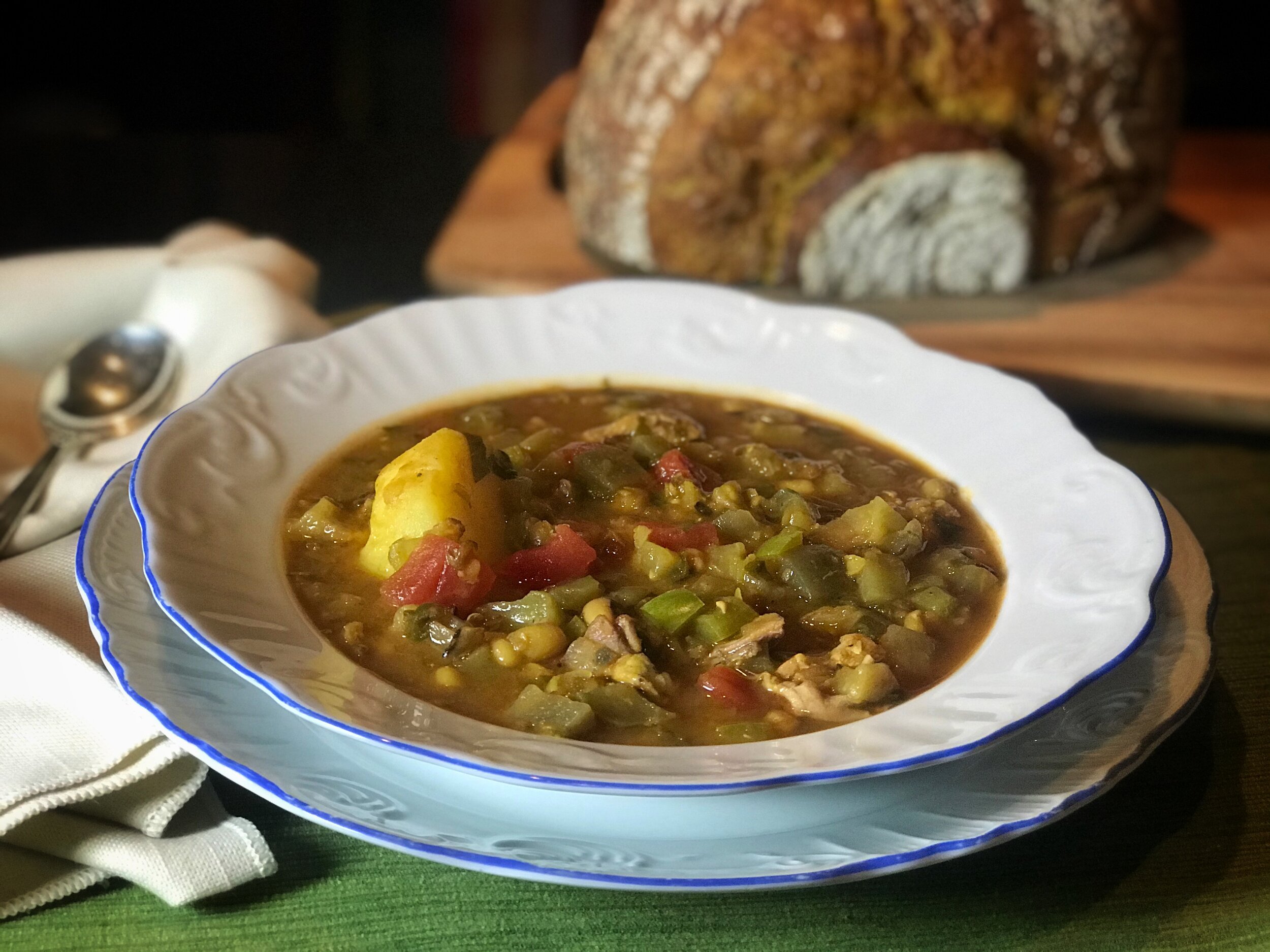What — no toasted pita?! That’s why we call this minty, sumac-y salad ‘fattoush-ish.’
Fans of fattoush — the bread and herb salad that’s popular through the Levant year-round — are divided about how toasted pita, a key ingredient, should play in the bowl. Traditionalists like the pita soaked in the salad’s lemon, olive oil and sumac dressing so it’s soft, like the soaky bread in a traditional Tuscan bread salad. Modernists add shards of well-toasted pita at the last second, for a crisp crunch.
Traditionally eaten at iftar, the evening meal that breaks the fast during every night during Ramadan, fattoush is delightfully light and refreshing. It’s a salad to riff on. Some cooks insist it must include purslane, the tangy salad herb that grows like a weed in the Mediterranean. (Stateside, you can often find purslane in Middle-Eastern or Mexican groceries.) Some versions of fattoush include green bell pepper; others don’t. Occasionally you see radishes. You can use scallions or onions, cherry tomatoes or regular ones, romaine or arugula, or both. Some versions go light on sumac, a bright-flavored, lemony spice; others play it up big. (Our recipe takes the middle sumac path.)
If you’re not already familiar with fattoush, it’s a great time to get to know it. Once you’re in possession of a jar of dried sumac and some dried mint (we favor spearmint), you might even be able to pull it together with ingredients on hand.
Craving fattoush’s minty, sumac-y, scallion-y flavors, I had everything but pita. (One of the challenges of The Great Confinement is not having all the ingredients required for culturally correct renditions of dishes.) I went ahead with the fattoush program anyway — and way glad I did.
Leave out the pita bread, as our recipe does, and suddenly you’ve got a delightful salad that satisfies anyone avoiding carbs: It’s gluten-free and paleo-friendly. It’s also just the thing to counterbalance all that heavy comfort food many of us find ourselves indulging in more often than usual. (Start dinner with fattoush-ish, and that giant plate of lasagna doesn’t count!)
Or go ahead and add some pita: One piece, split in half and each saucer-shape crisply toasted, makes it legit. Break the two toasted sides into bite-sized pieces before adding to the salad. Traditionalists, please double the dressing and toss the pita shards in half of it a few minutes before you’ll serve the salad. Modernists, add the shards at the very last minute.
Here’s the recipe:
Hope you enjoy it as much as we do.

























